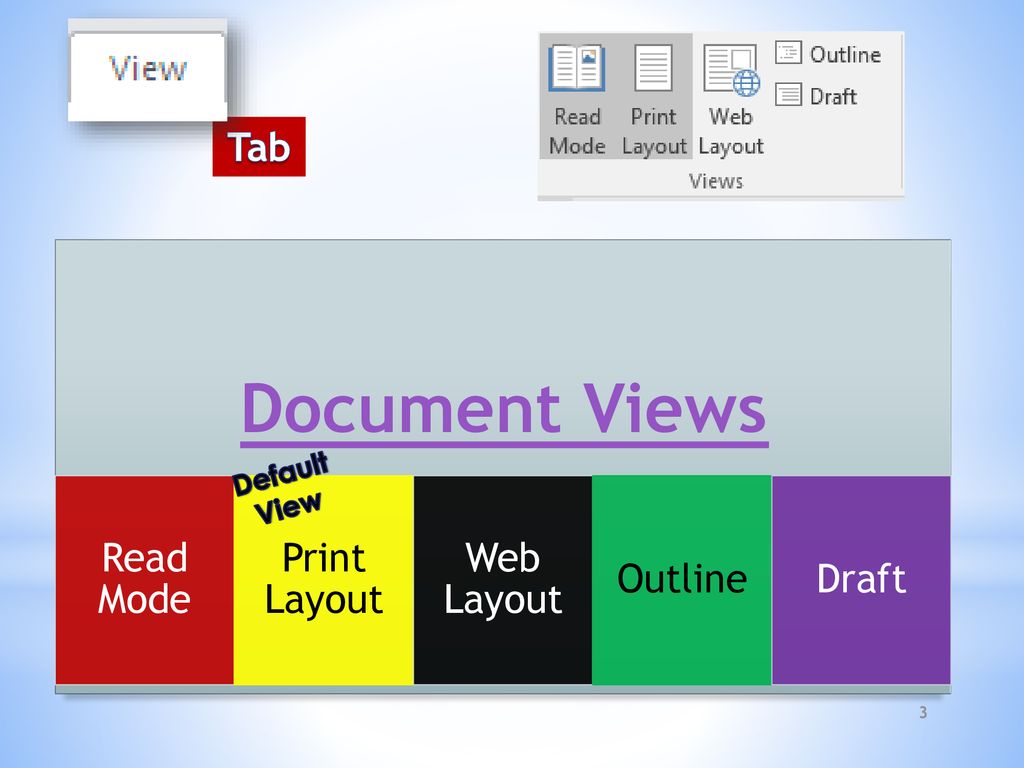

These are used for shared and user-specific AutoCorrect settings. An example would be any file on your system ending with the.

There are also other files that can be changed during the course of using Word, but you cannot "reset" by simply deleting them. For instance, the company name you entered when you first installed Word is actually stored in the Word program file.

Understand that when you make all these changes, there are still a couple of settings that can then only be changed by a complete reinstall. You are asked if you want to really delete the key.
#Default view in word 2016 install#
However, it's not so useful for those who are looking to get a completely 'clean' install with no throwbacks to previous installs.
#Default view in word 2016 upgrade#
This is ideal for those who are upgrading-they get to keep their settings rather than find the upgrade overwriting them. The uninstall process does not remove all option settings stored in the Registry and many of these will be picked up after the re-install so that Word can use them. Many of the configuration settings unique to Word are stored in the Registry. This, however, will not lead to a pristine version of Word. Other suggestions may include uninstalling and reinstalling Word. Unlike previous versions of Microsoft Word, which opened files in Print Layout view by default, Word 2013 opens documents in. In the General tab, uncheck the box next to Open e-mail attachments and other editable files in reading view. While this will restore some settings to their first-used state (such as macros, toolbars, and the like), it will not do the entire trick. To make Print Layout the default view in Microsoft Word 2013, go to Word, then File and then Options. Many people think that the easiest way to do this is to simply allow Word to recreate the Normal.dot template. For instance, you may be offering Word training, and you want to reset Word between each class offered. There may be times when you want to set Word back to a pristine, first-installed condition.


 0 kommentar(er)
0 kommentar(er)
